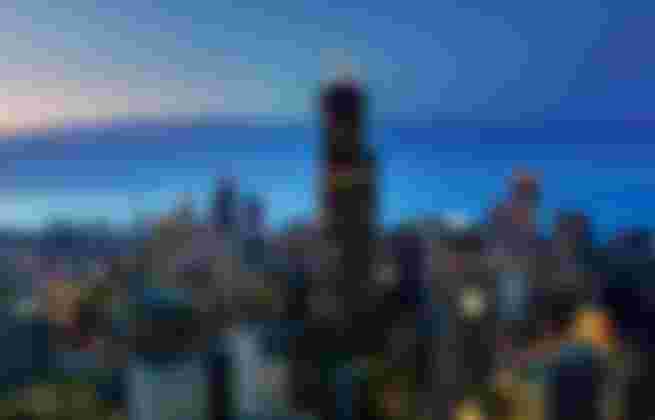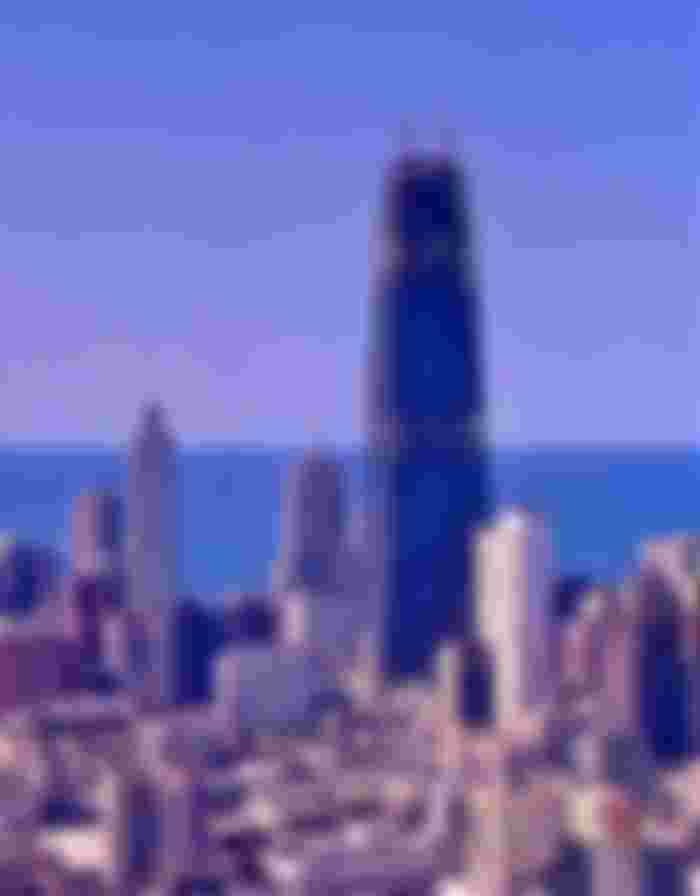Fazlur Rahman Khan, a Bengali, is one of the largest skyscrapers in the world. Building skyscrapers in his method is affordable and sustainable. He is known all over the world as FR Khan.
Fazlur Rahman Khan was born on 3 April 1929. His ancestral home is in Shipchar upazila of Madaripur district. After matriculating from Armanitola High School in 1944, he was admitted to Presidency College, Calcutta. From there he passed and in 1946 he was admitted to the Bengal Engineering College, Calcutta.
But during the examinations, when communal riots broke out across India in 1950, he returned to Dhaka from Calcutta and graduated with a bachelor's degree in engineering from the then Ahsan Ullah Engineering College, now BUET. He then started teaching at Ahsan Ullah Engineering College.
In 1952, Fazlur Rahman Khan immigrated to the United States for a PhD. He then earned a doctorate in structural engineering from the University of Illinois at Urbana-Champaign in the United States. He also holds degrees in theoretical and applied mechanics. In 1955, he joined a company called Skidmore, Wings and Merrill in the United States. After working there for a year, he returned to Dhaka and rejoined Ahsan Ullah Engineering College as a teacher.
Then in 1958 he joined the Karachi Development Authority. But while working here systematically, his talent was not developing very much. So he rejoined the Chicago branch in 1980 at the invitation of the Skidmore Company in the United States. He also started teaching in the Department of Architecture at the International Institute of Engineering.
Fazlur Rahman Khan came to the United States for the second time and invented a new technique to build skyscrapers. The name of this wonderful method is "Tube Structure System". Building huge buildings in this way is more durable and affordable than any method of the past. Since 1960, almost all skyscrapers have been built following his method.
The 100-story "John Hancock Center" in Chicago was designed by FR Khan in 1980. Then we are all familiar with the 110-story Sears Tower, which was the tallest building in the world for 25 long years from 1973 to 1998. This building has also been designed by FR Khan.
In addition, New York's World Trade Center, Malaysia's Petronas Twin Towers and the world's tallest building at the present time, Burj Khalifa, have been built following FR Khan's tube structure system. He also designed the architecture of Jeddah International Airport, King Abdul Aziz University.

He not only invented the method of building skyscrapers around the world, but he also took human civilization to another height. For this Fazlur Rahman Khan is called "Einstein of Structural Engineering". And he is also called the best engineer of the twentieth century. Besides, in the sixties and seventies, when computers were not very popular among the western engineers, computer aided design or CAD was introduced by FR Rahman. CAD is the creation of many complex construction models with the help of computers. His move to modernize engineering was groundbreaking and wonderful.
Fazlur Rahman Khan has been awarded various prestigious titles in his personal life. In 1982, FR Khan was named Man of the Year in the Engineer News Record. Engineering News Record magazine also named him five times as the "highest contributing figure" in the architectural industry.

In 1983, FR Khan was elected a member of the National Academy of Engineering in the United States, and in 1984, Newsweek magazine described him as one of the foremost figures in American architecture. He received the Aga Khan Architecture Award for his research and outstanding contribution to the Muslim architectural industry. He also formed a fund and two organizations with expatriates to help the people of Bengal during the War of Liberation. He is the only Bangladeshi who went to the US Senate to request an end to Pak attacks on Bengalis.
Fazlur Rahman Khan died on 26 March 1972 on his way to Jeddah, Saudi Arabia. At that time he was only 52 years old. After his death, his body was brought to the United States and buried in a Chicago cemetery.


good post